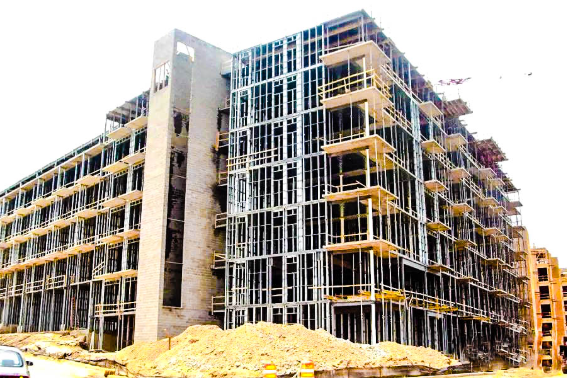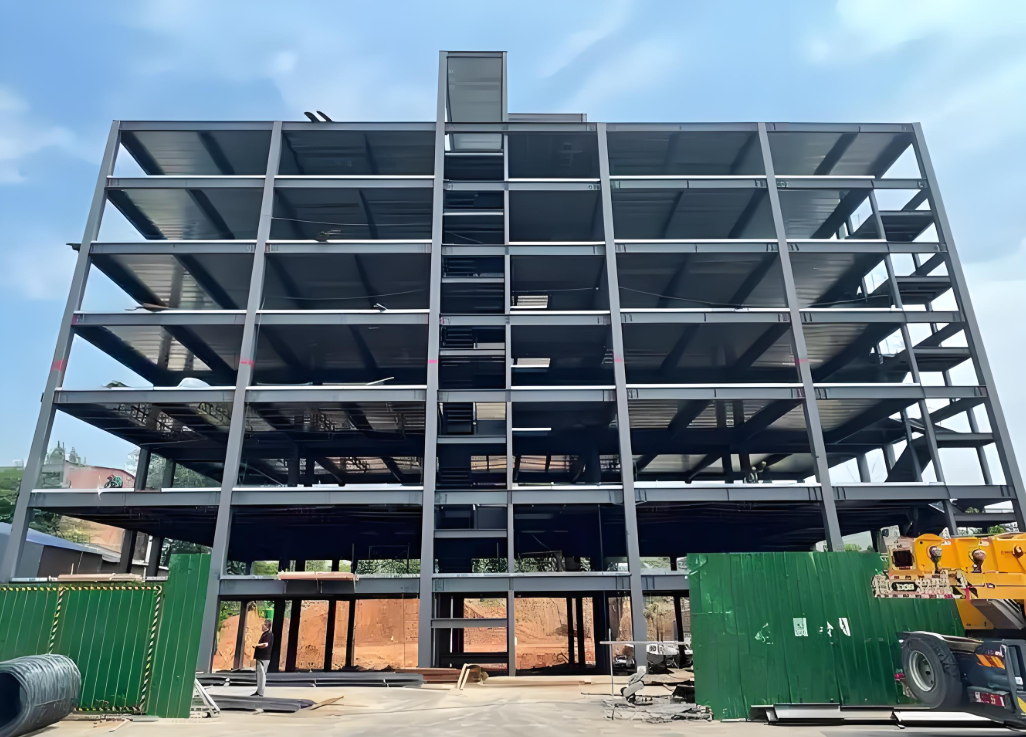Reasons for Using Steel Structures in Bridges

Lightweight Superstructure: The superstructure of steel bridges is generally lighter than those made with other building materials, often resulting in reduced foundation requirements and lower costs. Additionally, the lighter superstructure typically reduces seismic forces, which can be a major advantage in high-seismic zones.
Future Modifications and Adaptability: Steel bridge components can be reinforced or adjusted to address future increases in live loads, new load requirements, road widening, or other configuration changes. Other materials lack this adaptability and often require complete replacement to accommodate new loads or design changes.
Reliability and Redundancy: The reliability of steel bridges is achieved through redundant design and construction practices. Effective and efficient redundancy can be realized via system- or component-level mechanisms, leveraging engineering damage tolerance, which can be aligned with bridge inspection intervals. Furthermore, the exposed tension members of in-service steel bridges enhance the likelihood of detecting damage during routine visual inspections, thereby improving safety and reliability.
Long-Span Construction: Steel can span intersections exceeding 500 feet in the form of plate girders, tied arches, suspension bridges, cable-stayed bridges, and trusses. Numerous historical and contemporary examples demonstrate steel’s suitability as an ideal material for long-span structures. For such applications, steel offers advantages in controlled fabrication, lighter components, and durability.

Rail and Transportation Applications: Steel bridges are ideal for rail and transportation uses due to steel’s high strength and stiffness, as seen in deck girder, through-girder, or truss bridges. Steel’s high strength-to-weight ratio makes it particularly well-suited to support railway live loads, which are nearly five times heavier than conventional highway live loads. The stiffness characteristics of steel bridges also help meet stringent live-load deflection criteria and operational requirements for rail and transportation loads.
In-Service Inspection Capability: Steel bridges allow for straightforward visual inspections, as bridge inspectors can easily access all primary load-bearing components to assess their condition. These components are not concealed, eliminating the need for costly specialized equipment or non-destructive testing methods to determine their status. Inspectors can physically measure potential damage, providing evaluators with essential data to ensure the structure’s load-bearing capacity.
Maintainability and Repairability: Steel bridges can be efficiently repaired and retained in service when necessary, avoiding full replacement. Components can be reinforced with additional steel or replaced without permanently dismantling the bridge. Damage from over-height vehicle impacts beneath the bridge can often be corrected using documented heat-straightening techniques. Maintenance, repairs, and rehabilitation of steel bridges can typically be performed while maintaining full or partial traffic flow, extending the utility of existing structures in service.



